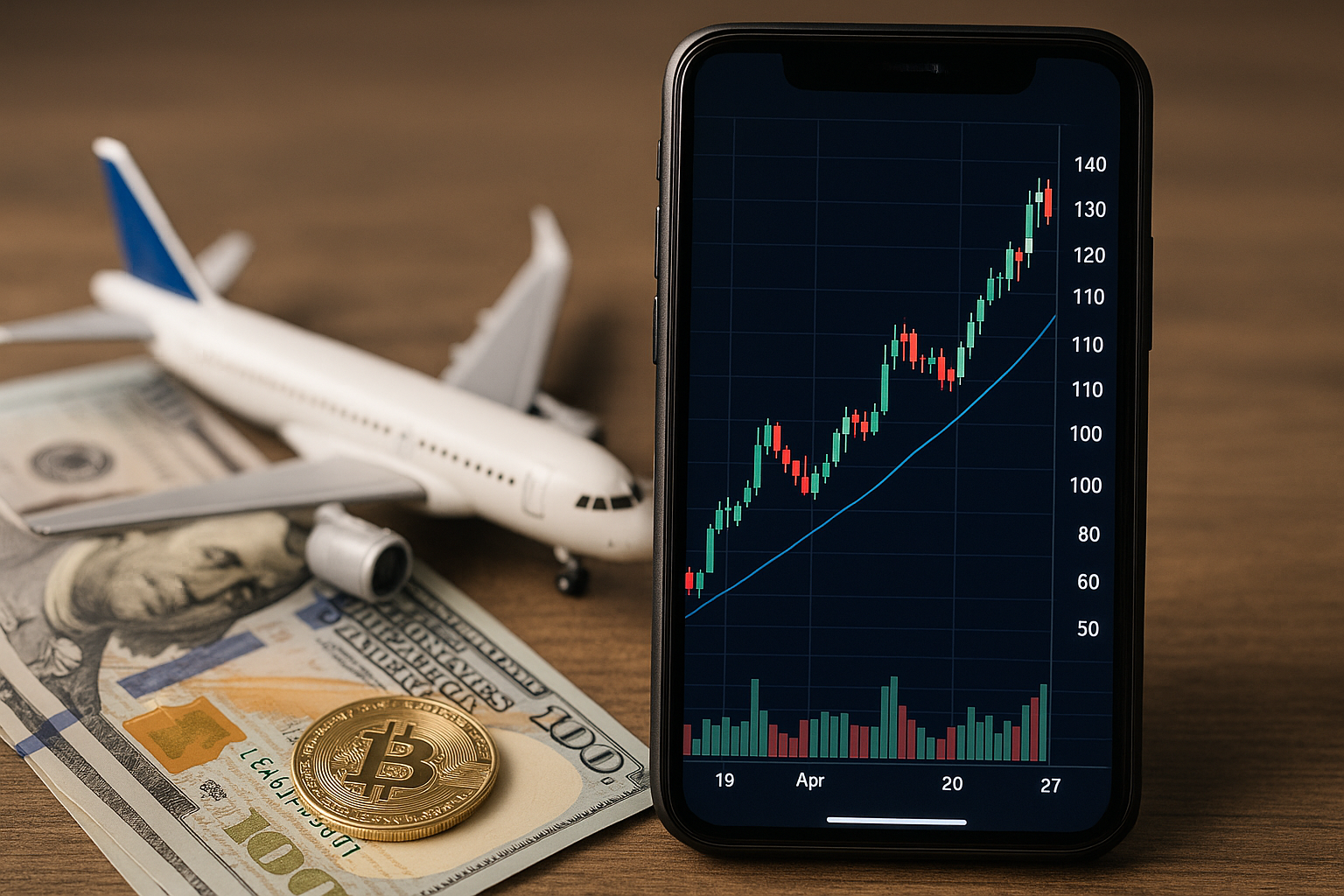🪙 Gold Breaks $3,000 as Investors Flock to Safe-Haven Assets
Gold has once again taken center stage in global financial markets. On Wednesday, gold futures opened at $3,377.80 per ounce, up 0.8% from the previous close, according to Yahoo Finance. The metal’s continued ascent signals intensifying investor anxiety over growing macroeconomic instability and persistent market volatility.
Amid a backdrop of mixed U.S. economic data, geopolitical unrest, and expectations of prolonged high interest rates, investors are leaning heavily into gold—long considered a traditional safe haven. The psychological break above the $3,000 threshold marks a significant milestone that reinforces gold’s resilience in times of uncertainty.
Why This Matters for Investors
The rally in gold prices reflects a convergence of risk-off sentiment in equities and broader concerns about economic stability. The surge comes as global markets remain uneasy about inflationary pressures, central bank rate trajectories, and geopolitical friction—including tensions in Eastern Europe and trade uncertainty between the U.S. and China.
“Gold is not just a commodity anymore—it’s become a macro hedge against everything from central bank missteps to equity overvaluation,” said Mark Chandler, Chief Market Strategist at Bannockburn Global Forex, in comments reported by Mining.com.
Notably, the World Gold Council reported that central bank gold demand in Q1 2025 hit a new record, adding another tailwind for gold’s rise. With institutions increasing reserves and retail investors turning to gold ETFs and mining stocks, the asset class is seeing renewed bullish sentiment.
Gold’s Run: A Broader Look at Market Volatility
Beyond gold’s upward move, market conditions across equities and bonds have been increasingly fragile. The CBOE Volatility Index (VIX) remains elevated, signaling continued investor nervousness. Meanwhile, economic indicators such as U.S. manufacturing PMI and Eurozone inflation data have disappointed expectations, further encouraging capital flows into precious metals.
From an asset allocation perspective, analysts at J.P. Morgan suggest increasing exposure to commodities, particularly gold and silver, as a tactical hedge. “We see asymmetric upside for gold should real yields remain suppressed or recession probabilities rise,” noted their latest commodities outlook.
Future Trends to Watch
- Monetary Policy Shifts: If the Federal Reserve signals a pause or reversal in its tightening cycle, expect gold to gain further ground as real yields decline.
- Geopolitical Risk: Continued instability in key regions—including the Middle East and South China Sea—could add fuel to gold’s safe-haven appeal.
- Central Bank Buying: Ongoing accumulation by countries such as China, India, and Russia could sustain demand well into the second half of 2025.
- Mining Stocks and ETFs: As gold prices rise, mining companies may outperform. ETFs such as the VanEck Gold Miners ETF (GDX) and SPDR Gold Shares (GLD) are seeing increased inflows.
Key Investment Insight
The breach of the $3,000 level is more than symbolic—it signals a shift in investor behavior that reflects mounting concern over systemic risks. Investors should consider strategic allocations to gold or gold-related equities to hedge portfolios against downside risk. Monitoring developments in central bank policy and geopolitical landscapes will be key to determining gold’s next leg up.
Stay Ahead with MoneyNews.Today
As macro risks evolve, so too must your investment strategy. Stay informed with MoneyNews.Today, your trusted source for daily investor insights, market trends, and actionable analysis.





